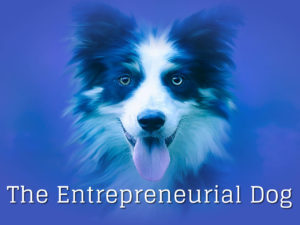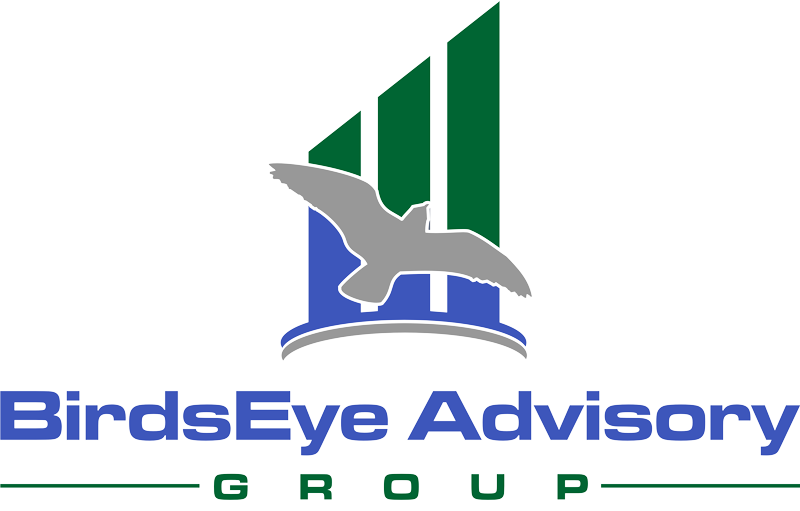
This is the third of a seven-part series where each installment takes a look at one innate ability of dogs and what business people can learn from our four-legged companions. This article talks about how dogs model leadership behaviors.
Leading the Pack
By Randy Culver
The dogs that inhabit our homes are uniquely social creatures. They learn our life-patterns and readily adapt to them, even seem to anticipate what’s next as the day plays out. Like humans, dogs have an innate desire to be accepted and to cooperate in a social group.
Across social species, cooperation within a group is organized around a leader. This is particularly true for dogs. They naturally look to both their human companions and their dog companions for leadership, and this dovetails into three distinct leadership models that we associate with dogs and can apply to business.
Take a group of dogs for a hike off-leash in the woods and you’ll witness the first leadership model. My dog Oliver is a stoic leader, and he knows the trails near our mountain home, so when we have friends up for a weekend and take the dogs out, Oliver takes the out-front position on the trail. The other dogs fall in to follow in the same general direction. But, it’s by no means a single file march, with all dogs in a straight-line. Oliver or I may be setting the general direction of travel, but the other dogs are each looking around, wandering off to following scents, seeing what they too might discover. If Oliver sees a trailing dog with its nose buried into something, he’ll pivot to join them in checking out the smell of interest. Although this frolicking caravan travels with a general direction set by the lead dog (or human), there’s clearly an “exploratory randomness” thrown in.
Contrast this with a dog leadership model you might see in a large city, particularly one in Europe, where you can be employed as a professional dog walker. This is not a Rover-like part-time occupation. Professional dog walkers head to an apartment building in the city, round up 10-15 dogs from their clients’ homes, and take the whole gang out all at once for a morning or afternoon stroll. It is quite the sight—a solitary dog walker (leader) in the center, surrounded by a dozen or more dogs, each walking in their assigned positions, none of them pulling on their leads. Gone is the semi-randomness described in the previous paragraph. There’s no disorder as the dogs strut in tandem down the street, over to the park, and then back home.
A third leadership model we associate with canines is the team of sled dogs. Whether it’s from watching Balto or coverage of the Iditarod, we can easily envision this as a dog leadership model. The dogs are carefully arranged by the musher, with the strongest dogs up front and the other dogs carefully arranged in compatible pairs. When the dogs are given the signal to Mush!! Mush!!, what happens next is an all-out unidirectional harnessing of each dog’s energy.
All managers tend toward one of these three leadership styles. Some are quiet leaders, setting the direction, leading by example, but not requiring or enforcing any particular actions by their employees and staff. Other managers seek to have order and precision within the company or group. Their leadership style is to prescribe what and how things get done. And there’s the hard-driving manager, always cajoling the team to go faster, go harder. For you as a business executive, one of these styles is the most natural to you. You can almost certainly discern your leadership style among these three. It’s likely how you lead >90% of the time; but, just in case you’re not sure, simply go ask a few of your employees and co-managers.
We all have leadership comfort zones, but there are times when it is important to lead differently than what’s natural. Your business needs you to employ each of the three styles, depending on the phase of business growth. Last month, I wrote about dog gaits and the correlation to action taking. There are times when your business should be assessing, times when your business should be analyzing, and times when your business should be acting. With this in mind, tailor your leadership style depending on where you are in your strategic planning and execution.
The exploratory dog pack is the model appropriate in the early stages. Establish the general direction, but let your marketing, engineering, and operations staff “off lead” so they are free to venture off trail, encourage them to hunt around for new opportunities. Rather than lead, follow them on occasion away from the well-worn path to new areas of interest.
As the plan begins to take shape and be executed, use the professional dog-walker style of leadership. Give each direct report a specific role and position. The management analogy to each dog’s leash is to be clear with each person, what they need to accomplish, and when and how you expect them to cooperate together. It often makes sense to change direction, much like a dog-walker turning the corner. The key is getting this shift to be synchronous within the pack through your organized leadership.
And then, once the strategic direction is firmly cemented, it’s time to get behind the team and be the musher. Harness all of the company’s collective energy to drive it forward.
What great demonstrations of leadership and management we gain from dogs. What model is best for your business today? Should it be different tomorrow.
Continue The Entrepreneurial Dog Series HERE.
Randy Culver is a successful entrepreneur and founder of two satellite telecommunications companies where he has been an executive manager for the past 20+ years. He has proven experience in establishing and managing a product-based business from initial formation through revenues of >$50M. Randy and his team recently won the regional Ernst & Young Entrepreneur of the Year award. Randy has a Bachelor of Science from Virginia Tech and a Masters in Electrical Engineering from Purdue University.
Although Randy works outside of the pet industry, he knows that core business principles are fundamental to the success of any business. Randy and his wife Susie live in Colorado where they enjoy the companionship of their two dogs. Randy can be reached at randy@amergint.com.
